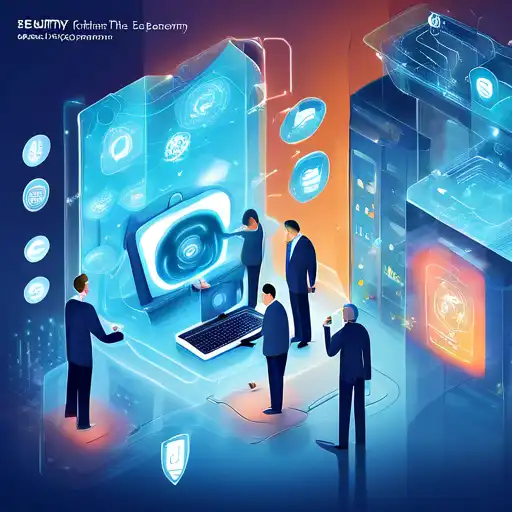Understanding the IoT Security Landscape
The Internet of Things (IoT) has revolutionized how we interact with technology, embedding connectivity into everyday objects. However, this innovation comes with its set of security challenges that threaten the integrity and privacy of data across the globe.
Key Security Challenges in IoT
As the IoT ecosystem expands, so does the attack surface for malicious actors. Below are some of the most pressing security challenges:
- Device Vulnerabilities: Many IoT devices lack robust security features, making them easy targets for hackers.
- Data Privacy Concerns: The vast amount of data collected by IoT devices raises significant privacy issues.
- Network Security: IoT devices often rely on insecure networks, exposing them to interception and attacks.
- Lack of Standardization: The absence of universal security standards complicates the protection of IoT ecosystems.
Strategies for Mitigating IoT Security Risks
Addressing these challenges requires a multifaceted approach:
- Implement Strong Authentication: Ensuring that only authorized users can access IoT devices is crucial.
- Regular Software Updates: Keeping device software up-to-date can protect against known vulnerabilities.
- Network Segmentation: Separating IoT devices from critical network segments can limit the spread of attacks.
- Adopting Security Standards: Following established security frameworks can enhance the overall security posture.
The Role of AI in IoT Security
Artificial Intelligence (AI) offers promising solutions for detecting and responding to security threats in real-time. By analyzing patterns and predicting potential attacks, AI can significantly bolster IoT security measures.
Looking Ahead: The Future of IoT Security
As technology evolves, so will the strategies to protect IoT ecosystems. Collaboration among stakeholders, continuous research, and public awareness are key to overcoming the security challenges ahead.
For more insights into protecting your digital assets, explore our guide on cybersecurity best practices.
